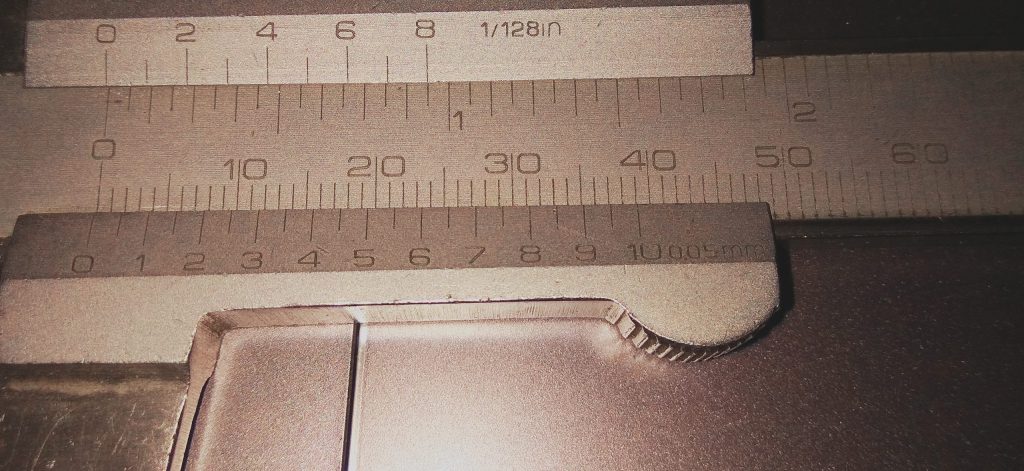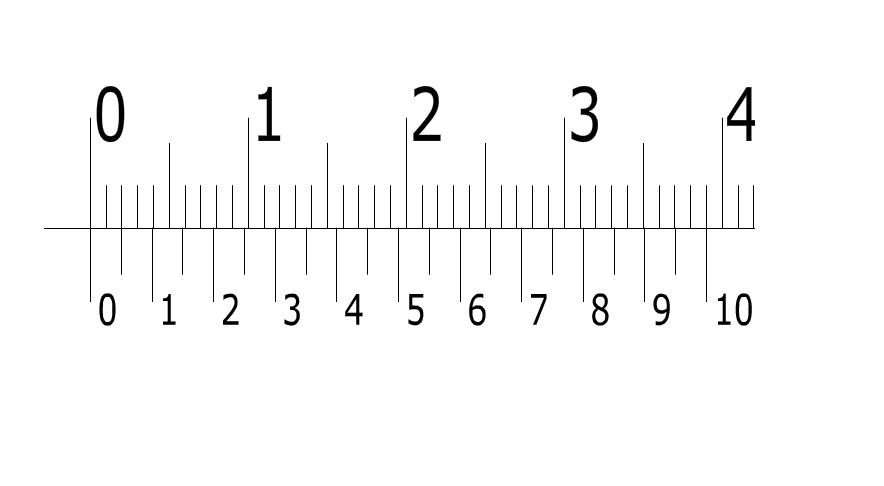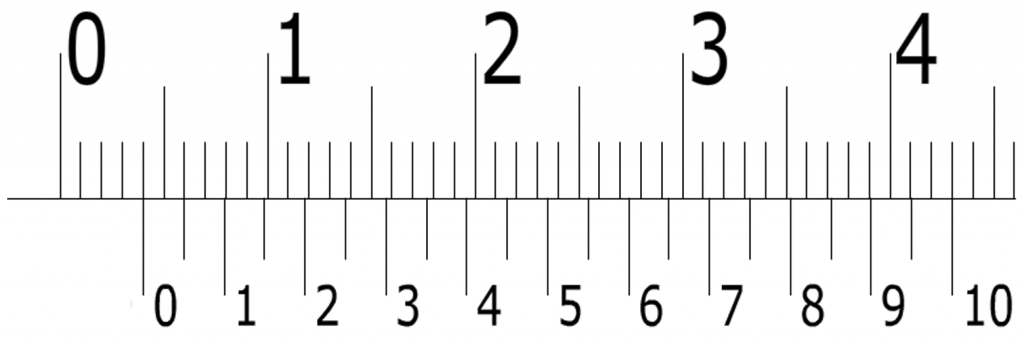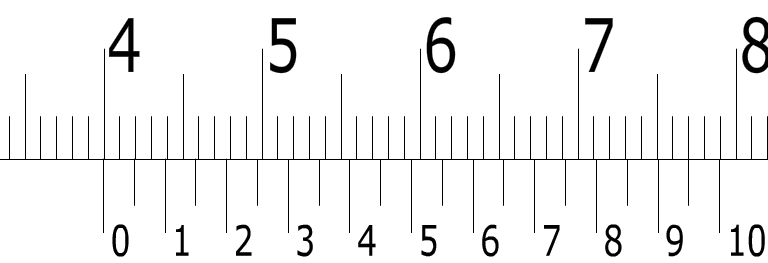In this post I want to share with you: How to Read Millimeters on the Vernier Caliper with an accuracy of 5 hundredths of a millimeter (0.05 mm).

Contrary to the reading of fractions of an inch, the reading of millimeters in the vernier is simpler, since in most verniers calipers the smallest unit in which the millimeter is divided is 0.05 mm. and we use the decimals of millimeter.
The vernier caliper has two elements that intervene in the measurement, these are the ruler or main scale and the vernier scale. The main scale, as its name indicates, is graduated in all its length, with a minimum measurement unit that is the millimeter, while the vernier scale allows to take exact fractional readings of the minimum division, that is the millimeter.
Rules for Read Millimeters on the Vernier Caliper
Each division of the main scale is equal to ONE MILLIMETER.
For whole measurements, you must observe the precise matching of the 0 of the vernier scale with a graduation of the main scale, in addition, the 10 of the vernier scale also matches with a graduation of the main scale.
Example: if the 0 of the main scale matches with the 0 of the vernier scale, and also the 10 of the vernier scale matches with a graduation of the main scale, we will have a measure of 0 millimeters.

If 4 graduations of the main scale matches with the 0 of the vernier scale, and the 10 of the vernier scale matches with one graduation of the main scale, the measurement is 4.0 mm.

Now, if 10 graduations or 10 millimeters are exceeded, the main scale shows the 1, in the same way, when the 20 millimeters are reached, the main scale shows the 2, which means a reading of 20 millimeters and so on.
Example:
The 0 of the vernier scale is to the right of the 3 of the main scale plus 5 graduations or 5 millimeters, this means that there is 30mm + 5 mm, then 35 graduations of the main scale or 35 millimeters matches with the 0 of the vernier scale, therefore, the reading is 35mm.

For this type of vernier caliper, the millimeter is divided into 20 parts.
1mm./20 divisions = 0.05 mm
This is the lowest appreciation of the vernier scale in millimeters, it is represented by a short graduation, that is, each graduation of the vernier scale is equivalent to 0.05 millimeters or 5 hundredths of a millimeter.
2 graduations will then be: 0.05 mm + 0.05 mm = 0.1 mm or a tenth of a millimeter, which is shown by a slightly longer line, the tenth of a millimeter is represented by the number 1 on the vernier scale, two tenths are represented by the number 2, 3 tenths by the number 3 and so on.
To take readings of tenths of a millimeter (0.1mm ) or half a tenth (0.05 mm) the only thing to keep in mind is that the graduation of the vernier scale matches exactly with a graduation of the main scale of the vernier caliper in millimeters.
Values of Vernier Scale
0.05mm; 0.1mm; 0.15mm; 0.2mm; 0.25mm; 0.3mm; 0.35mm; 0.4mm; 0.45mm; 0.5mm; 0.55mm; 0.6mm; 0.65mm; 0.7mm; 0.75mm; 0.8mm; 0.85mm; 0.9mm and 0.95mm
Examples:
3.45 mm.

In the main scale, to the left of the vernier scale zero, there are 3 graduations, this means that there are 3 whole millimeters, in the vernier scale matches the graduation that is just between the four and the five with a graduation of the main scale, that is 4 tenths and a half or 0.45mm , then the result is to add the integers of the main scale plus the fraction of the vernier:
3 + 0.45 mm. = 3.45mm.
5.1 mm.

5 graduations of the main scale to the left of the vernier scale zero, which means that there are 5 whole millimeters, in the vernier scale the graduation of the 1 matches with a graduation of the main scale, that is 0.1 mm, then the result is to add the integers of the ruler plus the fraction of the vernier:
5 + 0,1 mm = 5,1mm
39.95 mm.

39 whole millimeters to the left of the vernier scale, plus 9.5 graduations in the vernier scale, results in 39.95 mm.
You may also be interested in: Make a Good Measurement, Rules to Keep in Mind
If you liked the information I just gave you then please help me with the rating below this post.
Remember: Please, subscribe to my YouTube Channel
Thanks a lot!